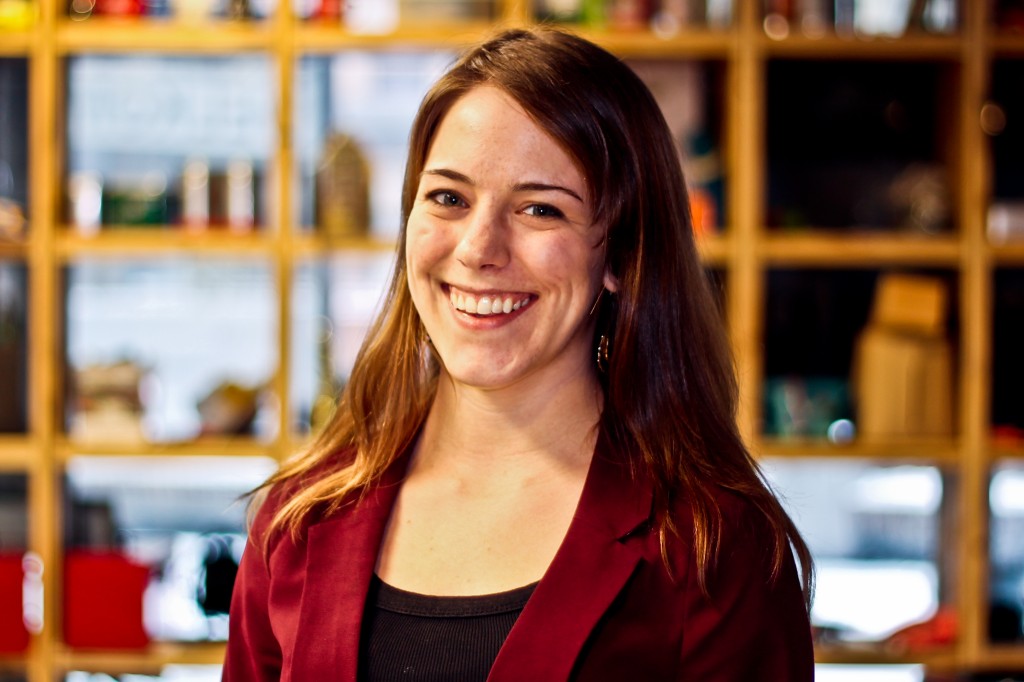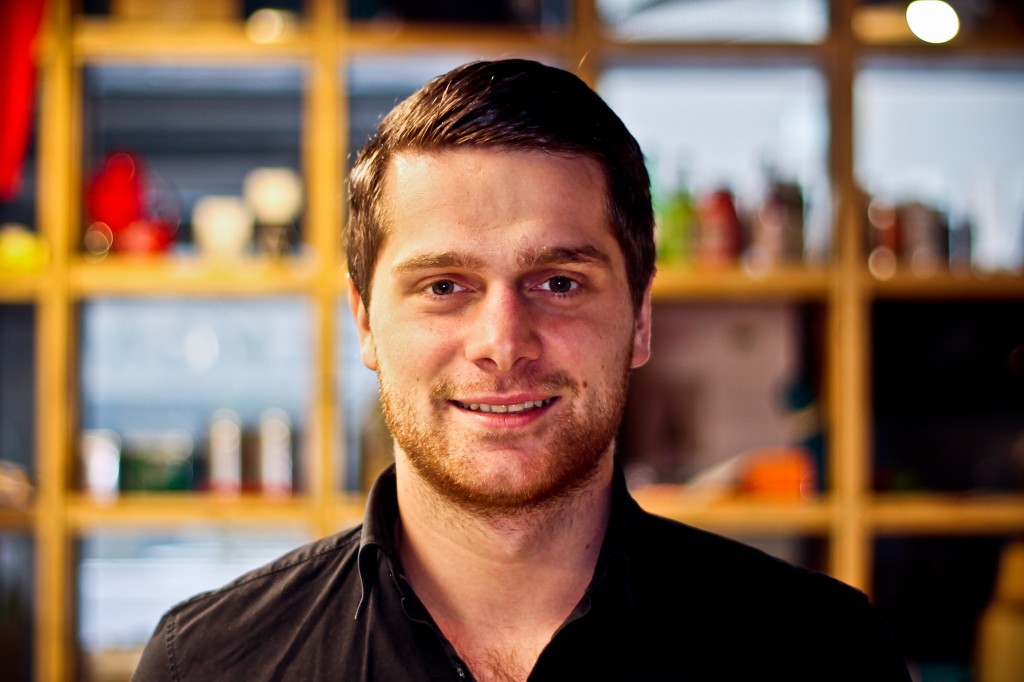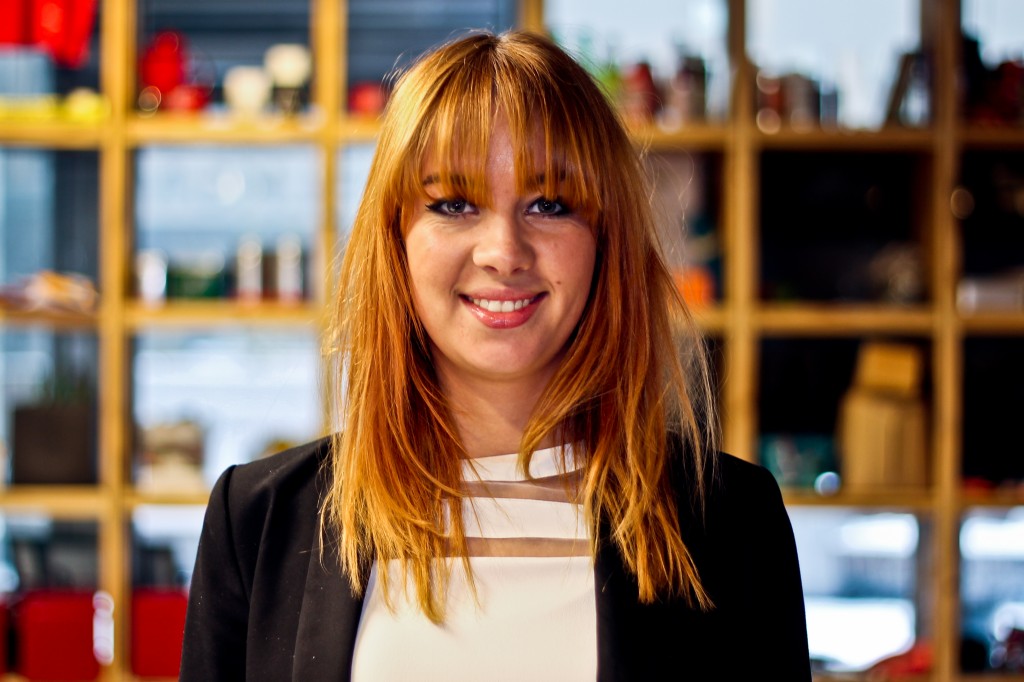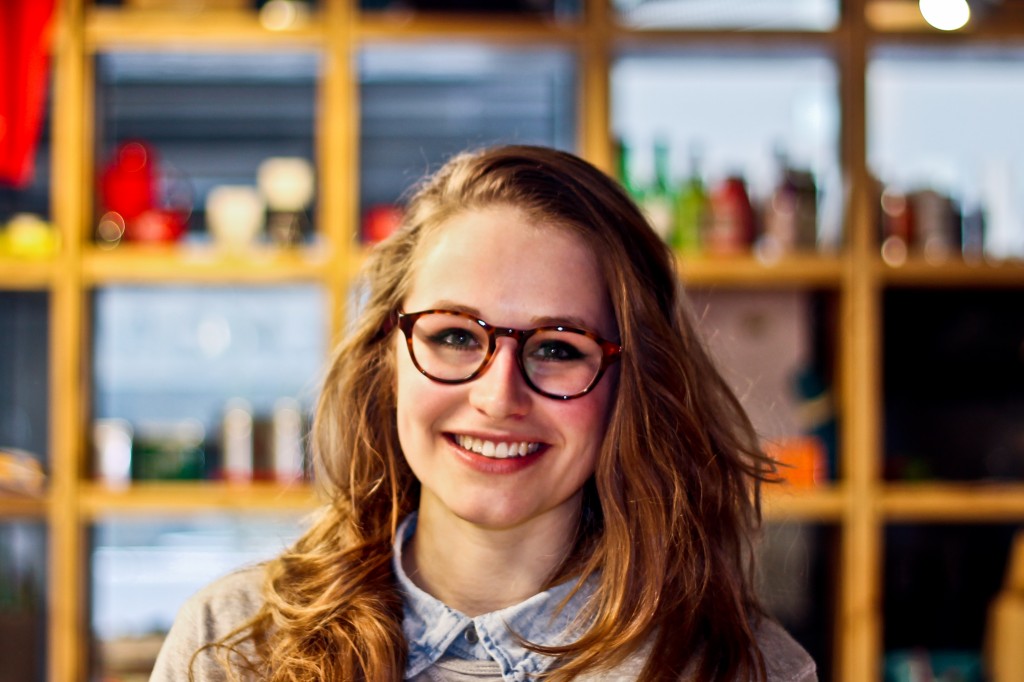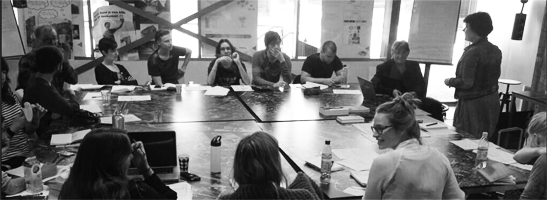
Workshop by Fenny Lücker
This morning we began discussing innovation resources and entrepreneurial processes Fenny Lücker from the Amsterdam Center for Entrepreneurship. She worked with us to help us understand how innovation plays a role in our project. Gideon Bazen, Manager of the HvA’s Digital Life project was also in attendance to advise on how the projects from the mediaLAB can be brought to market.
Examining how innovation is produced and is qualified as successful brought us insights into our own development processes anticipating how the world-at-large will assess the value of our project has been something that’s been kicking around in the back of our minds for some time now. Now that we’re in the final phases of production, its important to define very clearly what the unique selling points of our solution are and how they can be conveyed and emphasized.
Fenny shared with us the work of Saras Sarasvathy and her book “Effectuation: Elements of Entrepreneurial Expertise”. Sarasvathy examined the work of twenty-nine entrepreneurs in their fresh attempts to begin an innovative business. What Savas found was that entrepreneurs were not focused so much on fighting competition, but working with others to fabricate markets; spending affordably to achieve goals rather than seeking purely financial aims.
Identifying the unique selling points of our concept amongst our peers is also leading to a more concrete idea about how we can communicate about the project. A the cult fashion audience, a technical audio media, an academic audience, as well as a greater public all need to be catered to. Rather than just project interns, we were challenged to think as entrepreneurs. Understanding how we can invest in our idea required us to define our value proposition for each customer. Fenny presented several examples of similar services (KLM vs. RyanAir; the circus vs. Cirque de Soleil) to help us realize that two services that accomplish the same thing can exist simultaneously because they have different value propositions.
Although this to a large extent an academic project, our team still needs to view our assigner as our client. Being clear about the role of facilitating partners as co-creators lends itself to the idea of the internal customer. Managing the relationship with the customer during and after the project phase is also an important factor in defining the value proposition. The team was asked tough questions about the means of delivery for the solution – not just the physical transport of the ‘solution’ itself but the communication of its value.
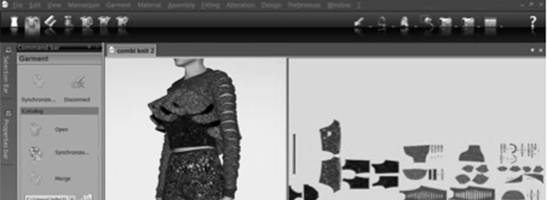
Digital media in fashion culture
Tuesday we met with Sandra Kuijpers, lecturer for the digital body sculptures course at the AMFI. Seeking more information about how technology influences fashion culture, we gained a unique perspective by having Ms. Kuijpers demonstrate Lectra in action. Lectra is a 2D pattern digitization and 3D prototyping CAD/CAM software that allows designers more freedom in experimentation and also leads to more sustainable outcomes. Luckily we’re able to share some screenshots from the program which should indicate the complexity of the software’s functionality and the time investment required to use the expert module, well, expertly. The information we gathered during the interview will be extremely useful in understanding how technology is not only helping to change the process of making garments, but readjusting the priorities of fashion education.
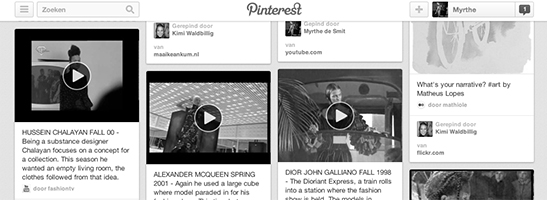
Research methods
Now we’re very busy with the last phases of our research, and we’re discovering what makes fashion shows what they are by means of a digital ethnography. The team elected to choose this method because we weren’t finding everything we needed in scholarly databases. Since we’re focused on crafting a visual presentation with new media, we needed more than just a textual review. The compressed period of the research phase made it critical that we find a way to examine the massive amount of video content that exists documenting the proceedings of fashion shows. The platform that the group would use for this method also needed to be able to capture interactions around the videos; encouraging not only discussion within the group but documenting the degree of buzz that any video gathered.
Pinterest, however mainstream, became the fastest and easiest way to keep track and analyze the multitudes of clips that we came across when searching for the most innovative catwalks to date. One of our group members set up a pinboard that we could share with the group supervisors as well as our peers to discuss our findings. Check it out!
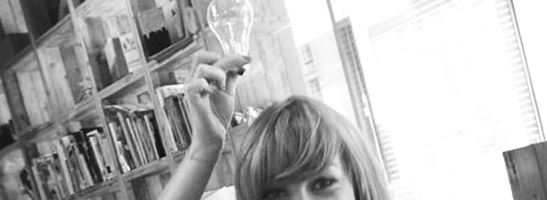
Last week our group has mostly been orientating. We have had an interesting and inspirational tour in the building of the AMFI. And we got a clear idea of what our project will contain. To give you an idea; the project will be about the brand iNDiViDUALS that is leaded by the students of AMFI. The goal of our project is to think of an innovative concept for the brand iNDiViDUALS to present its new clothing collections.
At this moment we are very busy researching what kind of innovative concepts with fashion shows have already been executed. And we are also looking for fashion brands that have used digital media to improve their fashion shows, just to have some inspiration.
As told, last week we also had to make a video of the User Scene. We think that the video works out quite well to describe how we understand the problems, situations, and feelings of our users. Please let us know what you think in a comment, we’d love to hear some reactions!
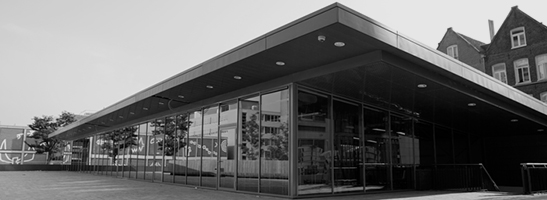
Start of the project
Day one of the project felt like a real kick-off. There has been no time for sitting around and daydreaming about the weekend, except during the well-arranged lunch by the project managers GG (Gijs) and Matthijs.
To get an idea of what our project entails: in cooperation with the Amsterdam Fashion Institute we, as interns of the MediaLab, will develop a new and innovative concept for the fashion brand of AMFI ‘Individuals’ to present her new fashion collections. During the project we will keep you updated with photos, videos and written updates as much as we can.
Like the other groups of the different MediaLab projects, our group had to start thinking about what benefit(s) our project will bring and to whom. We have the task to create a visual presentation of our user, the environment and specific user-moments. We are already pushed to think of who our user is or better said; who are the users.
The first day also meant becoming aware of all the deadlines that we will have to realize. Since most of our time in the upcoming weeks will be spent in the innovative studio of the MediaLab, we can put our creative thinking into practice. We are looking forward to it!




